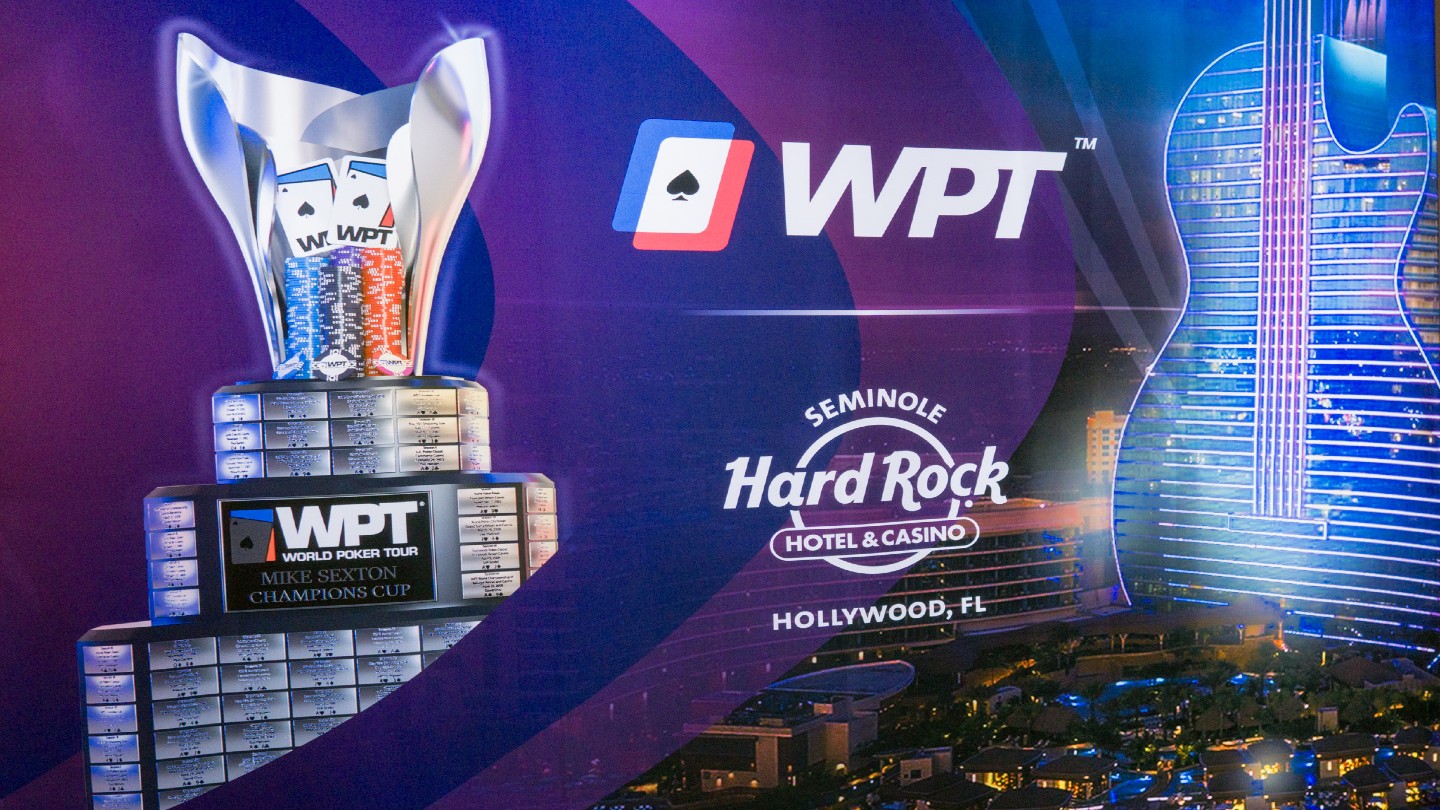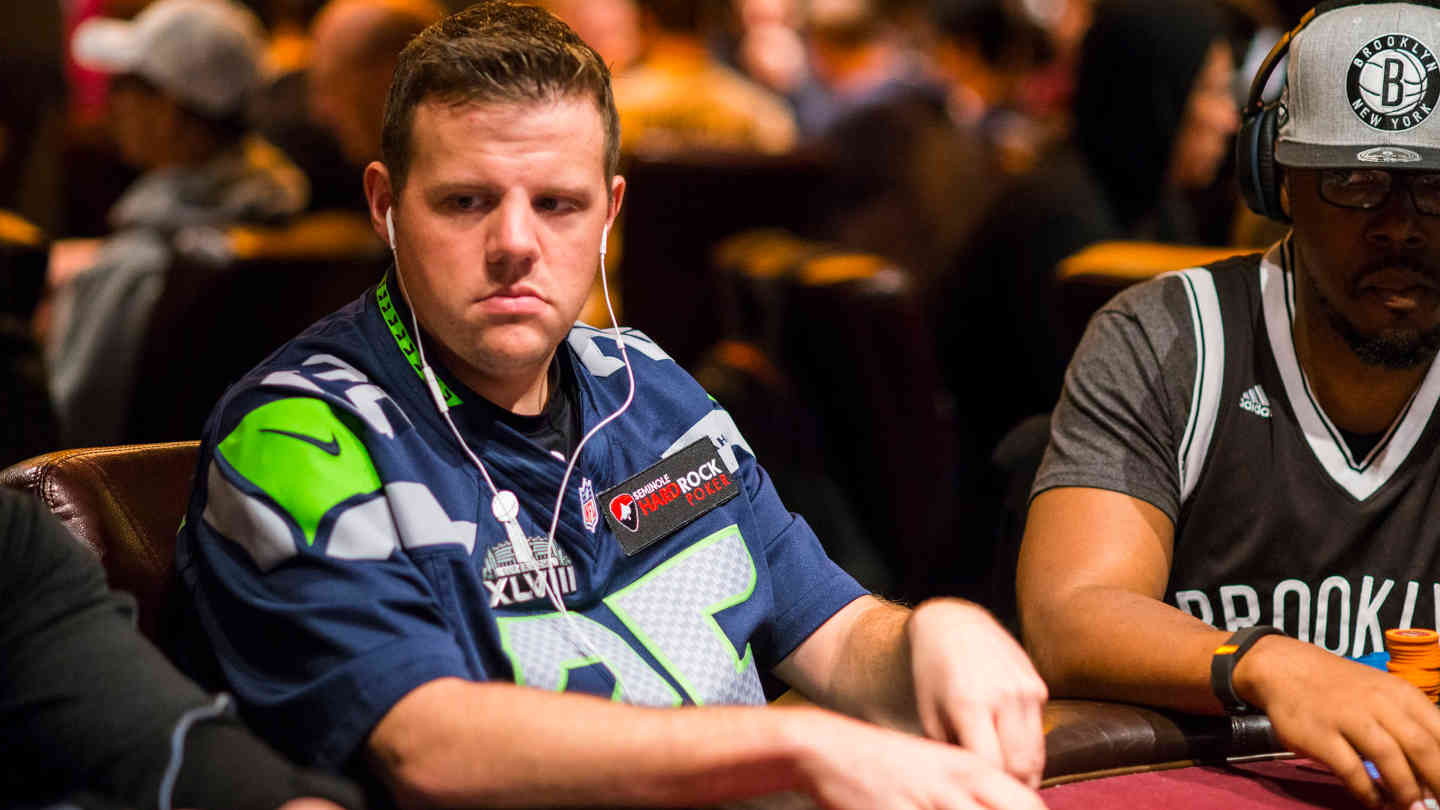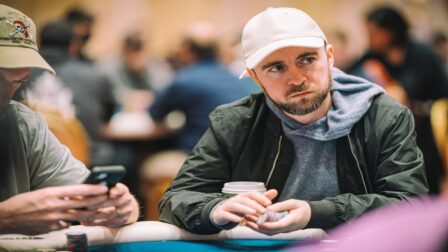Hosting Home Poker Game – Dos and Don’ts For Your Ultimate Night
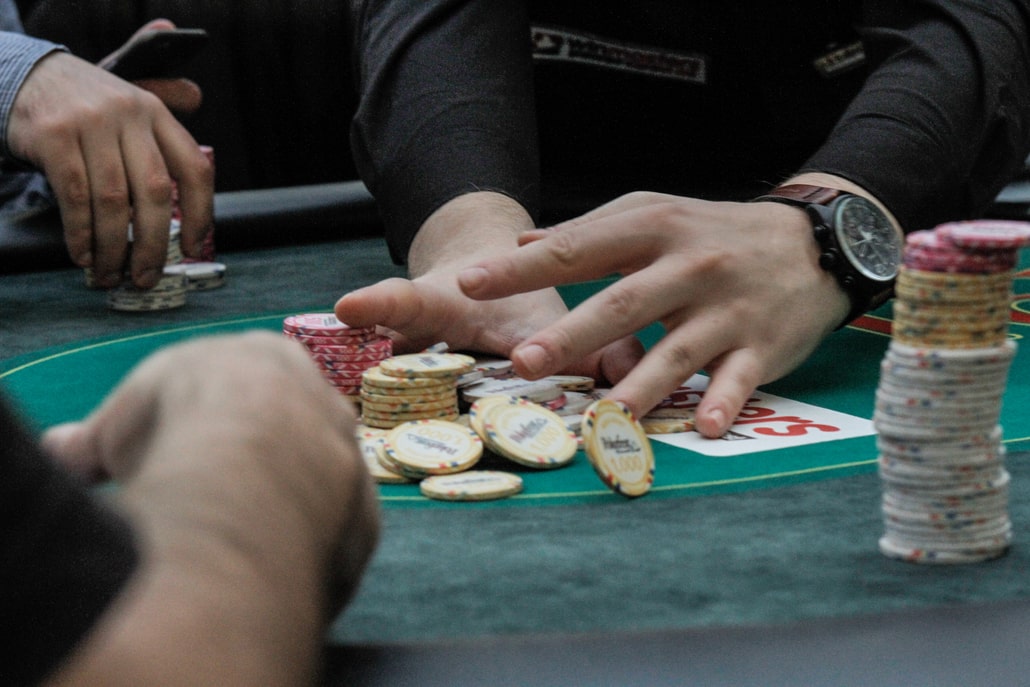
1 minute
Last Updated: March 19, 2024
Playing poker in a casino or a card room can be very fun but also very stressful, especially if you are not used to those conditions and don't play poker too often.
In my years playing Texas Hold’em, I have seen people's hands tremble in the smallest of poker tournaments simply because the surrounding of a poker room was too much for them.
A great alternative for players who have such problems, but also those who just want to enjoy the game to the fullest, is to play poker in a home game.
A poker home game can be hosted on a kitchen table with nickels and dimes for chips, but I want to teach you how to host home poker games that will have people wanting to come back every time.
In this ultimate poker home game guide, I am going to teach you how to host a poker tournament or a cash game that everyone will enjoy and have fun playing in.
I am going to discuss the poker chips set up, the way you should set up the stakes and buy-ins, and other things that will make your home poker room as similar to that of a casino as possible.
Before we get into the specifics that are directly related to the game, let’s talk about the ambiance and what kind of space you will need.
Setting Up Your Poker Home Games
I have seen people play poker in their dining rooms more than once, and there is nothing wrong with this. After all, not everyone has access to a more appropriate playing space.
However, if you want to truly impress with your poker setup, you will need a better place to play. A living room of your apartment, if it is spacious enough, can do just fine.
Remember, there are going to be anywhere between 7 and 11 people in this space, so you need to make sure it is big enough to make everyone comfortable. There is nothing worse than a poker room crammed into a tiny space.
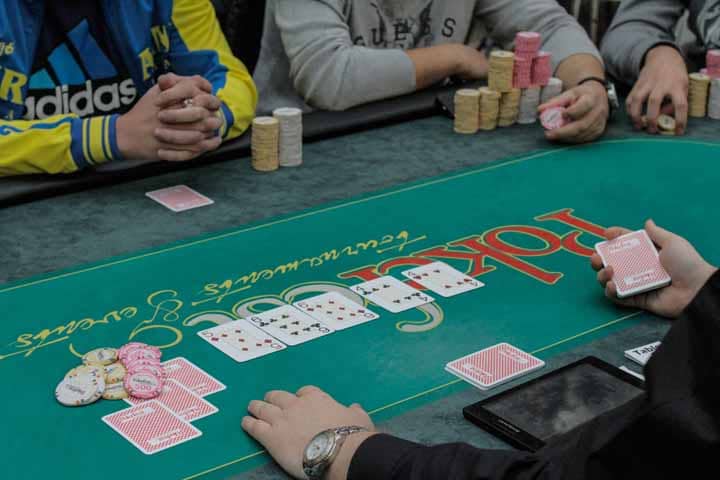
Next up is the poker table, which is also essential. There are many options in this regard, and the one you choose will depend on your budget the adaptability of the space.
If you can afford to keep the table in place at all times, you may want to get a sturdier table made of full wood. If you have to set it aside when the game is done, a foldable poker table is a solution.
In either case, I suggest getting a proper poker table, which is going to cost a few hundred dollars at least. However, the table will last you many games, and it's a great investment for your crew.
Once you have a proper poker table, you will need to buy as many chairs for it as you need to host the players.
Make sure the chairs are comfortable since poker games can drag on for many hours. Also, don't buy cheap chairs that will end up breaking under someone's weight.
Once you have the chair and the table set up, you will be ready to host a game.
However, these are only the bare essentials, and there are more things to consider if you want to host the ultimate poker game.
It would be ideal for your poker room to have a TV set that players can use to watch sports while playing. Additionally, you should set up a source of music and hook it up to speakers loud enough to cover the room.
Playing some lounge music while the game is happening can make it much more enjoyable, and having sports on TV for the sports fans (which many poker players are), will please the players.
Finally, you should also consider the room temperature. If you are playing during the colder months, make sure the room is well heated. If playing in the summertime, having AC could be critical, as poker rooms tend to get stuffy with many players in them.
Chips and Cards
You have prepared your poker room for the game, but you still lack the essentials to play poker in it. This means poker cards and poker chips.
When it comes to cards, it is very important to buy decks of cards that are 100% plastic and that are made for poker.
This means they have big numbers on the edges since players should never have to raise the cards from the table.
You should get more than one deck of cards just in case. The main reason for this is that cards can get damaged, and if one card in the deck is damaged, it may impact the game, rendering the deck unplayable.
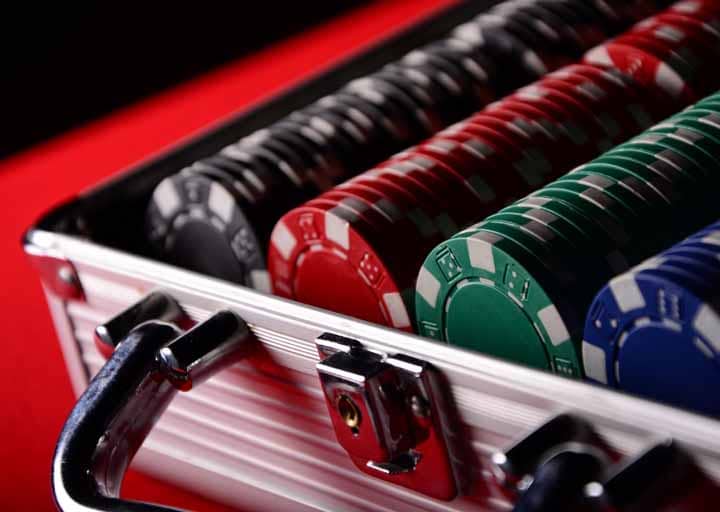
The next thing, and possibly one of the most important ones, are the playing chips. Before you decide on the chips you are getting, you should decide if you are hosting tournaments, cash games, or both.
The difference between tournament poker chips and those for cash games is basically only in their denominations. Different quality chips also exist, and the higher quality ones are going to cost you more money.
Buying a simple plastic chip set may cut it for some games, but if you want to make your home game elite, you will want a set of proper clay chips that feel heavy in hand and are less prone to being damaged.
Once you have all this in place, you are good to go. You can start inviting your friends and setting up the date and time for your first home game.
Snacks and Beverages
We still haven’t even started playing poker, but chances are someone has already opened up a beer. That’s simply the nature of poker home games, and this is the way it should be.
The way snacks and drinks will be acquired and distributed can be agreed upon.
As a host, you may want to buy everything and ask players to pitch in, but in many games, everyone brings some drinks with them.
Snacks are usually up to the host, so make sure you have some ready. I recommend snacks that don’t leave too many crumbs and aren’t greasy because you will be touching the cards and chips, and you don’t want to make a mess.
If you are planning on buying all the beverages as well, you should probably ask your guests to pitch in, unless you are feeling very generous and want to treat everyone. Doing this every time might get expensive.
Alcohol is often a part of home games, but I recommend you keep it at a reasonable level. Otherwise, the game can fall apart, and things can get out of hand in more than one unwanted way.
Hosting a Home Cash Game
In my opinion, a cash game is the better format of poker to play in a home game than a tournament. This is because a cash game requires less preparation, there is no tracking the blinds, and players can buy in and out as they please.
If you are hosting a cash game, the poker chip distribution is very simple.
You should have chips marked with dollar values and give each player the amount they buy-in for. Simple as that!
The first thing to do is decide what stakes will be played. You should agree on this with the players who are coming, and you should let everyone know what the blinds and the buy-in ranges will be.
It is crucial you let people know so they can bring the appropriate amount of money and they don’t end up broke after a single bullet or having to owe you.
The great thing about cash games is that players can play as long as they want to, can cash out at any time, and can take as many breaks as they like.
If a new player arrives, someone might simply give them their seat if they are winning or have had enough bad beats or coolers for the night.
You should make sure to have an approximate start and end time as well. Try to get players together in time so you can start the game, and only extend it if you all feel like doing so. After all, there is no pressure in a cash game.
Poker Chips Distribution in Cash Games
In many ways, organizing a home cash game is simpler than organizing a tournament, and the poker chip distribution is one of those things.
In a cash game, you will want to have poker chips with denominations in the exact value.
For instance, a chip that is labeled “1” would be worth $1, and a chip labeled “100” would be worth $100.
If you are hosting a game in a different currency, you can have your chips represent values in this currency, regardless of what the actual label says.
You can also host a cash game using tournament chips with higher denominations if those are the only chips you have. For example, a 100 chip could be worth $1, and a 1000 chip could be worth $10.
At the start of the game, you should explain to all the players what poker chip values are so there is no confusion. You can also create a color chart and keep it on the table just to make sure everyone is on the same page.
An important thing to consider is to make sure every player has enough change at the start of the game to enable smooth play.
If the game is a $1/$2 no limit hold’em cash game and everyone buys $200 worth of chips, you may want to give them:
- 1x $100 chip
- 2x $25 chips
- 6x $5 chips
- 20x $1 chips
Hosting a Poker Tournament
Hosting a poker tournament in your home game is slightly different from hosting a cash game. You will need to come up with a poker tournament chip structure for the entire tournament, and this will depend on several things.
First of all, you will want to decide how fast the tournament is. The initial stack and the blind levels will determine this.
The fewer chips and the shorter levels, the more turbo the tournament will be.
If you want to play only one tournament for the night, you could go with a slow structure that will last six or more hours in total.
Fortunately, there are programs that will help you figure all this out. You will need to download one of these programs to a laptop and install it in a place where everyone can see the screen. This is how blinds are tracked.
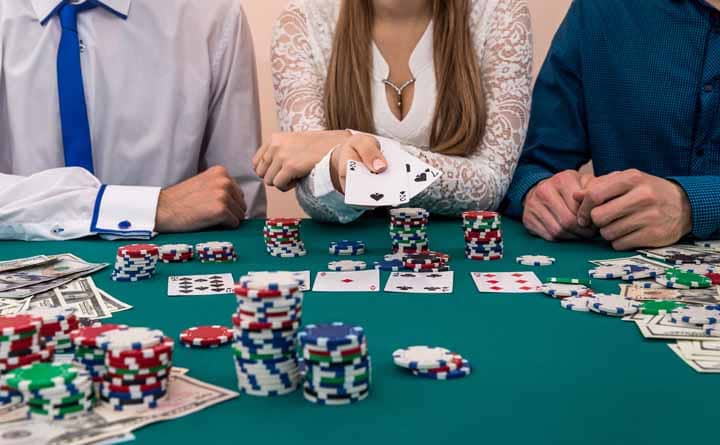
If you are hosting a poker tournament, I highly recommend avoiding freezeout tournaments and allowing re-entries for some levels.
This is a friendly game, and you want people to have a second chance if they bust. Remember, in a poker tournament, you can easily lose your chips in one hand, and no one wants to sit on the sidelines.
Make sure to think about the buy-in long and hard before you start the tournament.
What are you all comfortable with? Will people want to use their re-entry option at this stake? These are the questions you should be thinking about.
Poker Chip Distribution in Tournaments
Hosting a poker tournament can be slightly different in terms of poker chip distributions. The chip counts and blind levels can vary drastically between different home games, and you can adjust them to the chips you have.
A common poker chip distribution for a home game tournament has every player receive 10.000 chips in different denominations.
So, your setup could look like this:
- 8x $25 chips
- 8x $100 chips
- 8x $500 chips
- 5x $1000 chips
However, keep in mind that some poker chip sets are made for cash games and have only denominations up to 100.
If you have higher denomination chips, I recommend starting the tournament with anywhere between 10.000 and 30.000 in chips and starting the blinds at 50/100 or 100/200.
If you are working with a cash game chips set, you could give everyone 1.000 in chips and have the blinds start at 5/10, which has the same effect.
The most important thing to keep in mind is that blind levels should progress at a certain pace. You can check out online poker sites to find different tournament structures you could apply to your home poker tournament or use dedicated poker software to track that, especially if you want to work with a smaller chip stack and denominations.
Dealer and Rake
When you are playing poker in a casino, cards are dealt by the dealer, and the rake is being taken one way or another.
In a tournament, you pay the tournament fee, while cash games take rake from every pot.
In home games, the rake is typically not charged, but there is typically no dealer either. If you want a great game, you should get someone to deal the cards, which will usually mean having to pay this person.
Going around the table and having players deal the cards as they play is not the best of ideas.
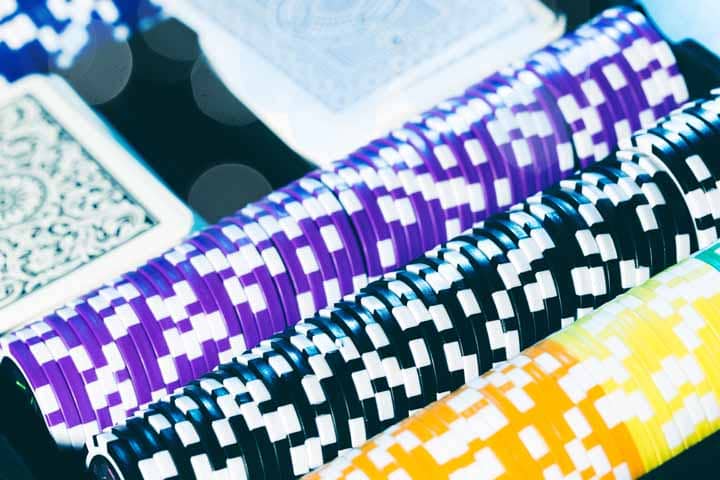
So, you may want to charge a small rake or tell players to pay some amount each for the dealer's services, which most will do without a problem.
Even if you are playing a very small game that’s just for fun, hiring a dealer to deal the cards may be a good idea. This will let everyone unwind and enjoy, without having to think about dealing the next hand.
In some cases, home games do also charge rake, although this is not legal in most countries. If you are charging rake, make sure people know about this and are okay with it.
Final Words on Poker Home Games
You now know how to host a poker tournament or cash game in your place. If you take all the tips I gave you seriously, you will end up with a fantastic game people will talk about for days to come.
When hosting a home game, you want to come as close as you can to the casino experience while keeping some of that home poker vibe going on.
This means the table, cards, and chips should all be similar to those in a casino. However, you can do other things to make the game homier and more relaxed.
In the end, remember that a home game is all about fun and relaxation. Don’t make the game too big as this may cause friction among friends, which is the last thing you want to do.
Don’t make it too small either, as poker is best played when something is on the line.
That’s really it! Go on and start setting up your home poker room and get ready for your first home game. Maybe check out these poker tips to get ready for the action and make sure to let us know how it went!






